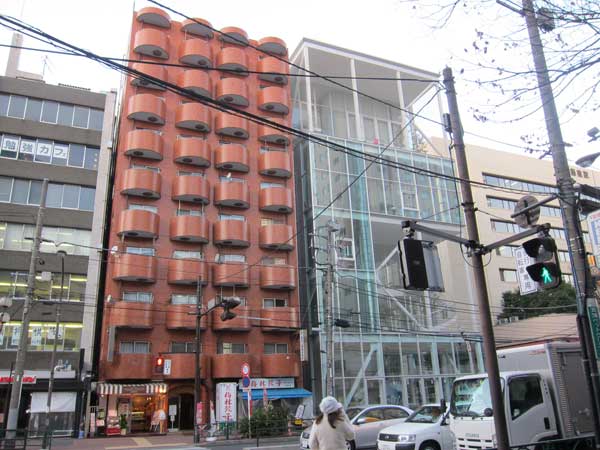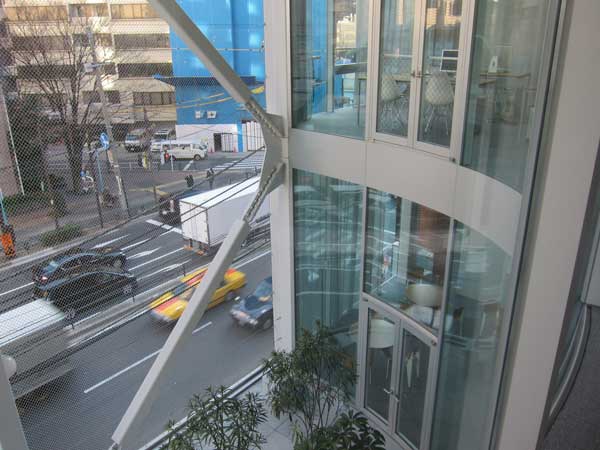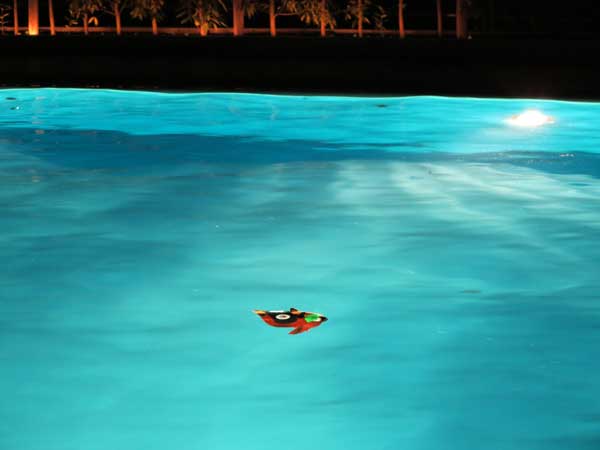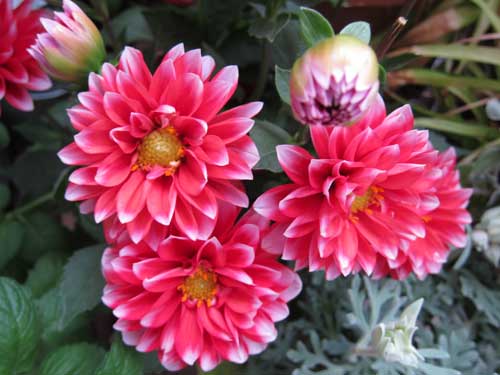
オランダ大使館の文化・デザイン関係の方の紹介で、新しい
Shibaura Houseを訪れて、創設者の伊東 勝さんに会いました。去年建てられたこの建物は、広告会社の事務所を兼ねたコミュニティスペースです。
妹島和世という有名な建築がガラスと鋼を使って、非常に透明で簡潔で上品な建物を作りました。アウトドアスペースがたくさんあります。伊東さんの展望を反映していて、とても型破りなのです。広告のためでないものを作りたいそうです。これから、もっと土を取り込んで植物を植える予定です。どんな活動がこんな建物を近所の良いコミュニティーにできるでしょうか。どうやって人を引き付けられますか。どのようにスペースの効果を倍にすることができますか。より良い未来を作るために、どの過去のものを使えるのか。ミツバチやニワトリや野菜やフルーツや里山の植物を育てたら面白いと思います。新しいスペースと伊東さんの創造的な力で、芝浦ハウスが成長するのを楽しみにしています。
Thanks to Mr Bas Valckx, who works in culture and design affairs at the Netherlands embassy, last month I had the great pleasure of meeting Mr Ito Masaru, who has created Shibaura House as the headquarters of his advertising agency, Kohkokuseihan, and a new community space between Rainbow Bridge and Tamachi station in Minato-ku.
The building, designed by prominent Japanese architect Sejima Kazuyo of SANAA and completed in the summer of 2011, is as stunning as one could imagine: floor to ceiling glass walls, each floor plate unique, a form that combines transparency, simplicity, and elegance. There’s a sizable roof and three outdoor areas, a rectangular balcony and two curvy, double height voids.
But I was even more impressed by Mr Ito’s vision for work, community, and art. He kindly gave Bas and me a tour, which included rental areas, his company’s office, meeting spaces, and a ground floor cafe open to the public. Mr Ito is extremely knowledgable about urban planning, art history, and even permaculture.
His reason for creating Shibaura House and his plans for its future are inspiring and unconventional. He told me that his motivation for creating Shibaura House was to create the very opposite of the advertising business that he runs. And while he is pleased with how the building turned out, he is eager now to make it more alive, with more soil, people, and activity.
Too often, even in Silicon Valley, I have seen companies seek to wall themselves off from neighbors and outsiders. Global icons like Facebook, Google and Apple locate their employees in office parks, making their facilities off limits to non-employees and promoting secrecy over collaboration. I think Mr Ito’s bold vision suggests new ways to use real estate, to operate a company, and to become a vital part of local neighborhoods.
The neighborhood context is very diverse and layered: close to canals and the Tokyo Bay, near a main water processing facility, and neighbors with a variety of architectural styles from post-war, 70s residential, to more recent projects. As Bas reminded me, the area is reclaimed land from Tokyo Bay from the Edo period.
I’d love to see more plants, wildlife, and agriculture at Shibaura House. Things like bee hives, chicken coops, urban satoyama plants. It would also be great to see Shibaura House engage its neighbors with with local food, plants, and wildlife habitat connecting buildings and waterways with green walls, roofs, and sidewalks. I am eager to see how Shibaura House grows and takes shape in the coming years.




















